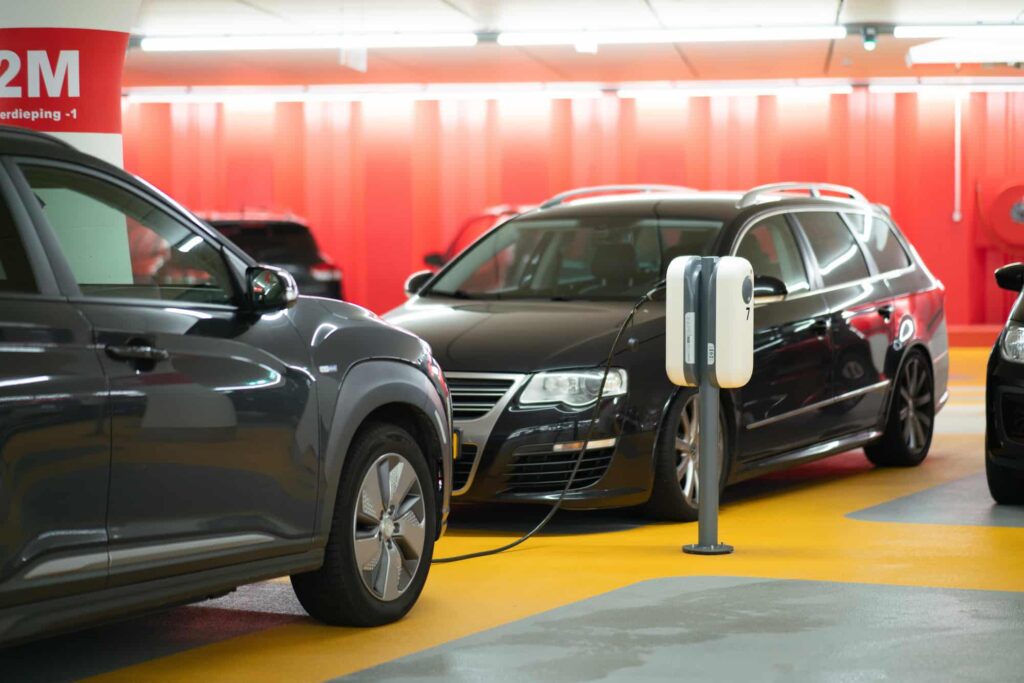There's no denying that technology is reshaping the automotive industry at a rapid pace. Over the years, one of the biggest challenges has been reducing carbon emissions to protect our planet, and this issue has become a top priority for car manufacturers worldwide.
The solution? Hybrid and electric vehicles. These eco-friendly options are gaining traction, but they're not the final answer—just part of the journey. Hybrid cars, in particular, offer a practical middle ground between traditional gasoline-powered vehicles and fully electric models. They help cut fuel costs and reduce environmental impact, making them a smart choice for many drivers.
But how do hybrids actually work? Let’s dive into the details and explore what makes these “future-ready†cars tick.

**What Are Hybrid Cars?**
Hybrid cars combine two power sources: an electric motor and a combustion engine. This dual system allows for more efficient driving, especially in city conditions where frequent stops and starts are common. Unlike fully electric cars, hybrids don’t require plugging in to charge their batteries. Instead, the battery recharges through regenerative braking and energy from the combustion engine.
However, there are different types of hybrids, each with its own features and benefits.
**Hybrid vs. Plug-in Hybrid: Key Differences**
While both hybrid and plug-in hybrid (PHEV) vehicles use two engines, the main difference lies in their range and battery capacity. Conventional hybrids typically have an electric-only range of around 50 km, while PHEVs can go up to 75 km on electric power alone. PHEVs also have larger, heavier batteries, which means they’re generally more expensive and weigh more than standard hybrids.
Another key distinction is how they charge. Hybrids charge automatically while driving, whereas PHEVs need to be plugged in at a charging station or home outlet to recharge their batteries.
**Types of Hybrid Vehicles**
- **Mild Hybrid Electric Vehicles (MHEVs):** These use a small electric motor that only engages at low speeds. At higher speeds, the combustion engine takes over.
- **Hybrid Electric Vehicles (HEVs):** These rely on regenerative braking and the combustion engine to charge the battery, without the need for external charging.
- **Plug-in Hybrid Electric Vehicles (PHEVs):** These must be charged via a power source, allowing for longer electric-only driving ranges before the combustion engine kicks in.

**Pros and Cons of Hybrid Cars**
Hybrids come with several advantages:
1. **Tax incentives:** Many governments offer tax breaks for vehicles with a minimum electric range, such as a 40% reduction for models with at least 50 km of electric range.
2. **Quieter operation:** The electric motor runs much more quietly than a combustion engine, providing a smoother and more comfortable ride.
3. **Automatic charging:** No need to plug in—your battery charges while you drive.
4. **Increased power:** The electric motor provides instant torque, reducing strain on the combustion engine.
But there are also some downsides:
1. **Heavier weight:** With two engines, hybrids tend to be heavier, which can affect fuel efficiency.
2. **Higher cost:** Due to advanced technology, hybrids are often more expensive than conventional cars.
3. **Still rely on fuel:** Even though they’re greener, hybrids still use gasoline, contributing to CO₂ emissions.
4. **Limited electric range:** If you frequently travel long distances, a hybrid may not be the best fit.
**Hybrid, Electric, and Combustion Cars: A Comparison**
- **Combustion cars:** Run on gasoline or diesel, producing COâ‚‚ emissions.
- **Electric cars:** Powered entirely by batteries, with zero tailpipe emissions.
- **Hybrid cars:** Combine both electric and combustion systems for better efficiency.
Other differences include refueling time (faster for combustion cars), simpler mechanics (for electric cars), and greater range (often offered by combustion vehicles).
Understanding the pros and cons of each type can help you make a more informed decision when choosing your next vehicle. Whether you're looking for eco-friendliness, cost savings, or performance, there's a car out there that fits your lifestyle.
So, consider your daily commute, driving habits, and future needs before making a choice. Safe travels!
Extruder Mixing System,Plastic Extruder,Extruder Machine,High Efficiency Extruder Mixing System
Jiangsu Kunwei Langsheng Equipment Technology Co., Ltd , https://www.kunweilanxess.com